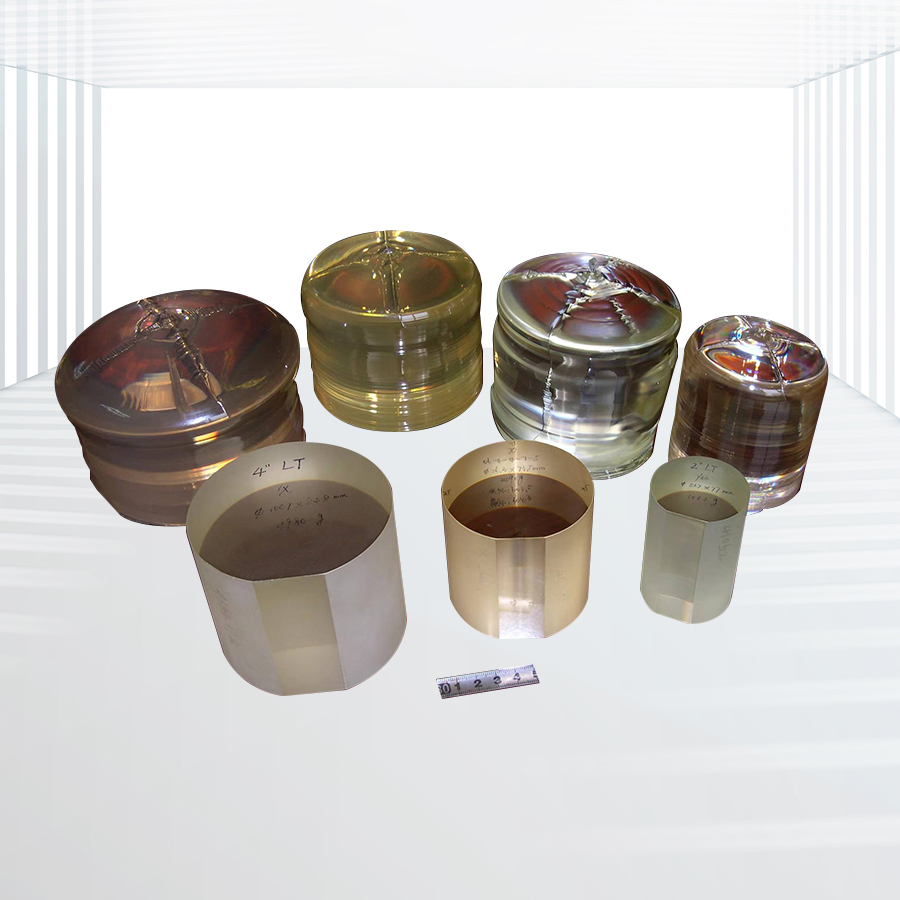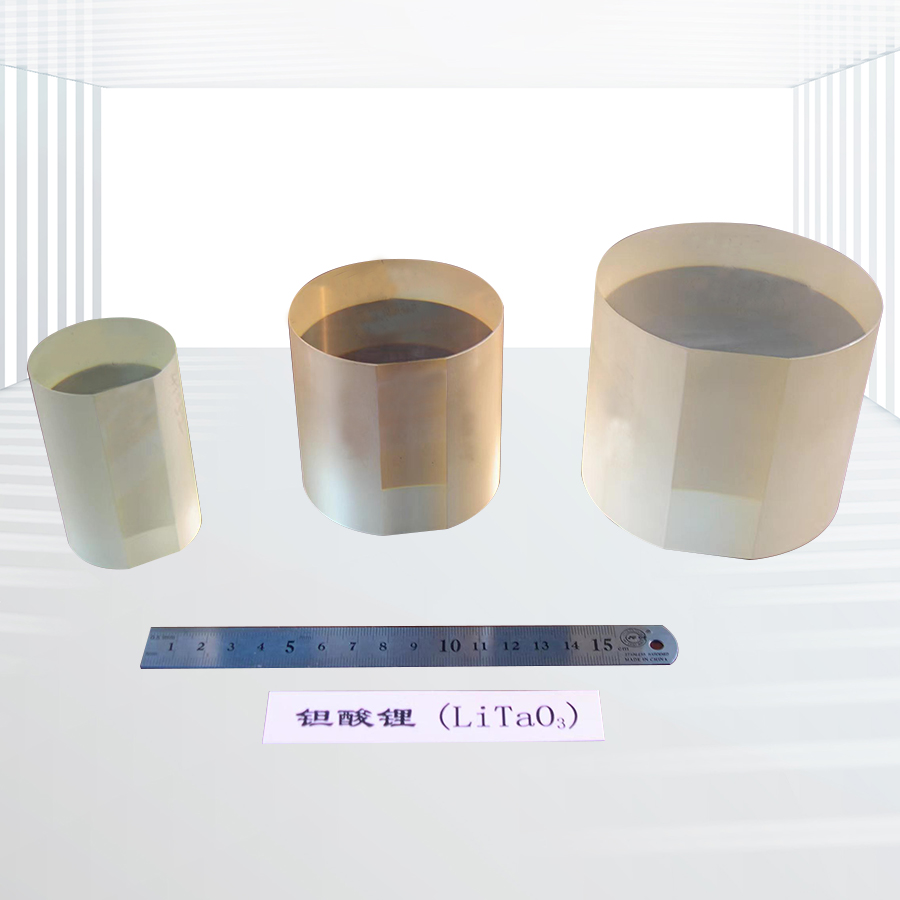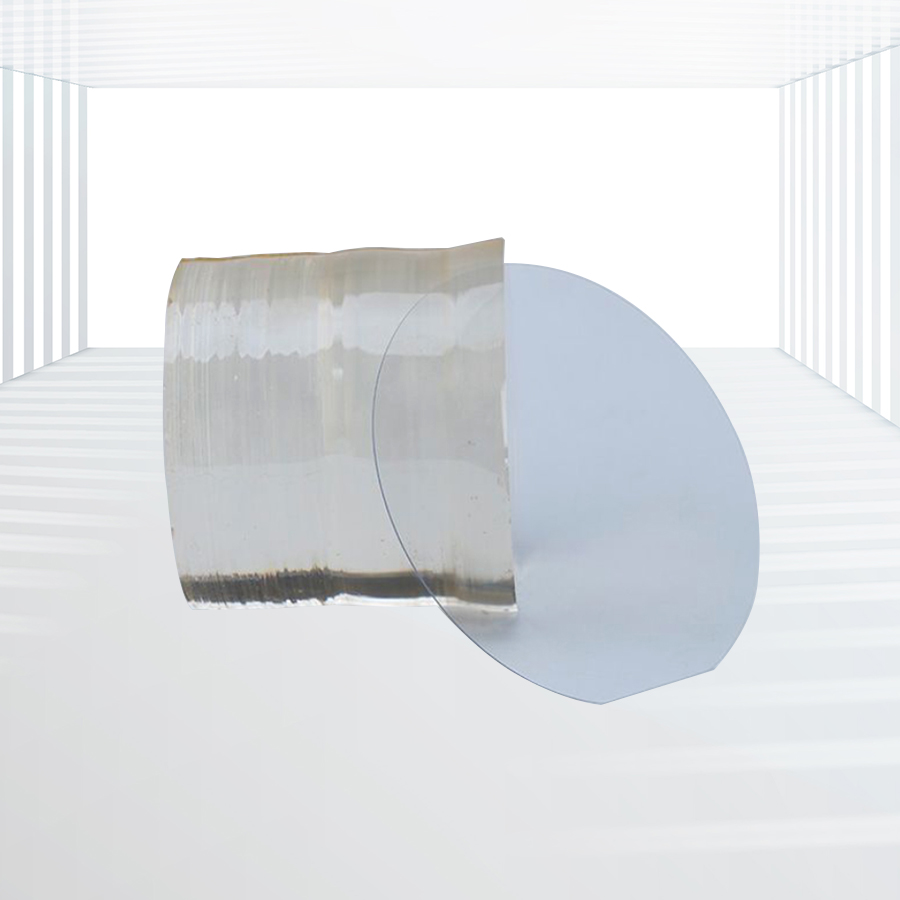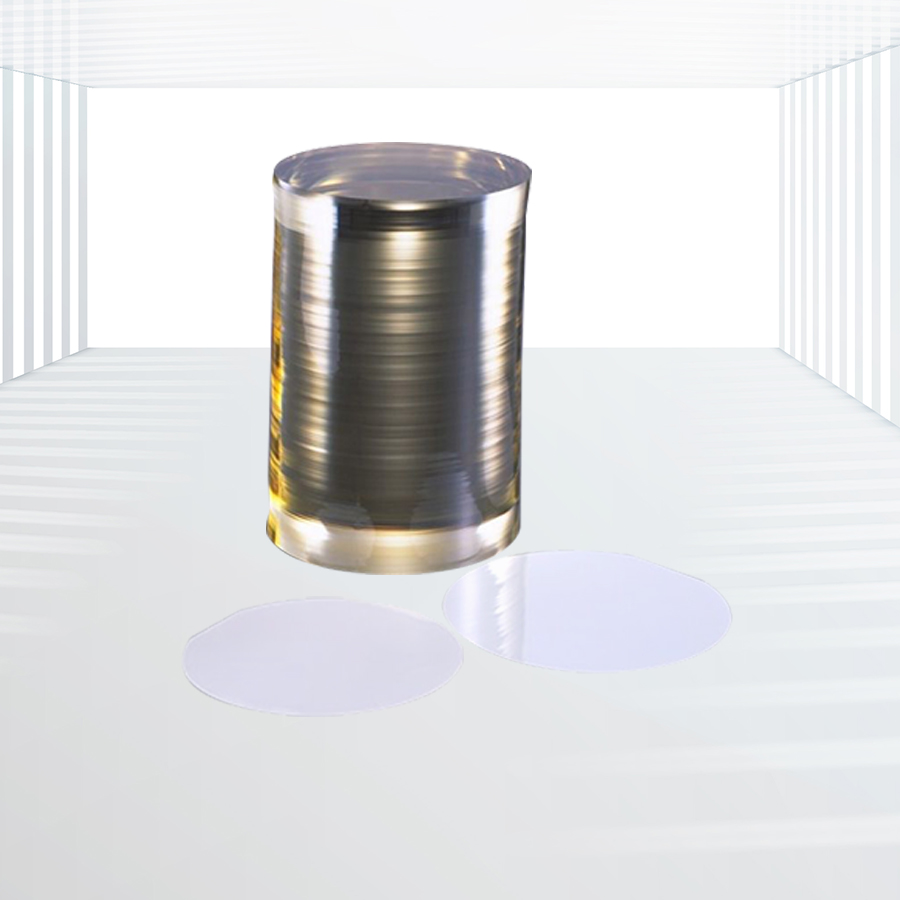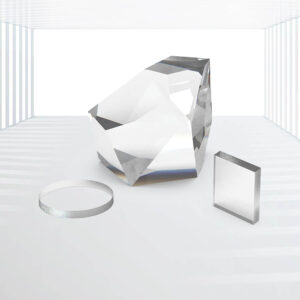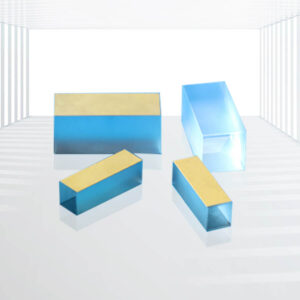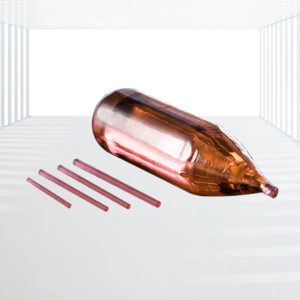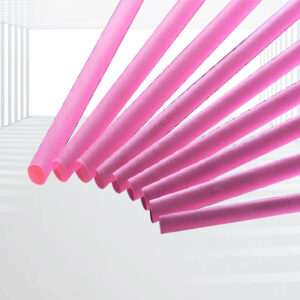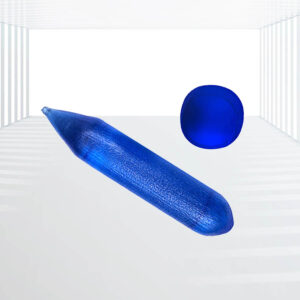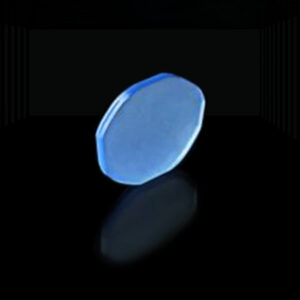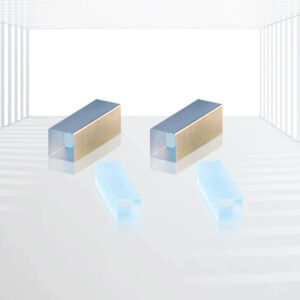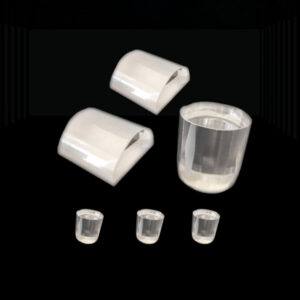LiTaO3 Crystals
LiTaO₃ is a crystal material with excellent electro-optic, piezoelectric, and nonlinear optical, and is often used in optical communication, electro-optic modulators, lasers, and surface acoustic wave devices.
Main advantages: Strong electro-optic effect, High piezoelectric coefficient, Good thermal stability, Wide transmission range
Application field: Optical Communication, Precision Sensing, Aser Technology, Medical Devices, Acoustic Surface Wave
LiTaO₃ crystal is an electrooptic, nonlinear optical, and piezoelectric material with a trigonal crystal structure. It possesses thermal stability and wide-band light transmission, with high transmittance in the range from ultraviolet to mid-infrared. The electrooptic effect, dielectric constant and mechanical properties of LiTaO₃ crystal are all excellent, making it widely used in optical communication, precision sensing, and laser technology.
Main advantages:
- Strong electro-optic effect: Suitable for high-speed optical modulation.
- High piezoelectric coefficient: Beneficial for surface acoustic wave and ultrasonic applications.
- Good thermal stability: Suitable for high-temperature environments.
- Wide transmission range: Good transmittance from UV to mid-infrared.
Application field:
- Optical Communication: Used for electro-optic modulators and optical switches.
- Precision Sensing: Applied in accelerometers, temperature sensors, etc.
- Aser Technology: Used for laser doublers, modulators, etc.
- Medical Devices: Used in piezoelectric sensors in ultrasound devices.
- Acoustic Surface Wave: Such as wireless filters and delay lines.
Basic parameters:
| Parameter | Numerical value |
| Crystal structure | Trigonal crystal system |
| Chemical formula | LiTaO₃ |
| Density | 7.46 g/cm³ |
| Refractive index | nₒ = 2.180, nₑ = 2.200(632.8 nm) |
| Refractive birefringence | ~0.020 |
| Transparency range | 0.3 – 5 μm |
| Electrooptic coefficient | r33 ≈ 30.4 pm/V |
| Curie temperature | 605°C |
| Surface acoustic wave velocity | ~3488 m/s |
| Piezoelectric coefficient | d33 ≈ 16 pC/N |

